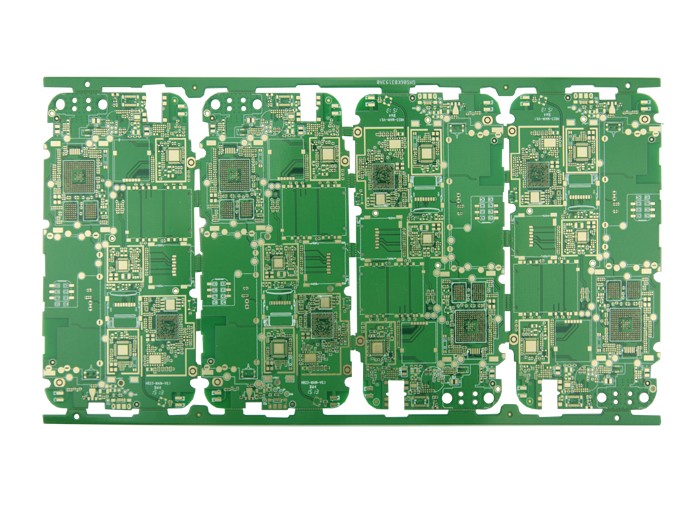During the processing of PCB boards, the desoldering process is an important step to ensure the normal operation of circuits. By removing the excess solder, not only can avoid circuit short-circuit, but also enhance the normal welding quality of electronic components.
Method of removing solder from PCB:
1.Hot Air Desoldering
The hot air desoldering method melts the solder by heating it and blows it away with a hot air gun. The advantage of this method is that it can effectively remove the solder of large or complex electronic components and improve the efficiency of de-tinning. However, if the temperature is not set properly, it may lead to heat damage to other components or other parts of the PCB solder melting, which in turn affects the reliability of the circuit .
2.Solder Suction Method
The solder sucker method is suitable for small and delicate components and allows precise control of solder removal during operation. However, repeated attempts to remove solder using a solder sucker may cause mechanical damage to the PCB, especially for rigid components. This damage can lead to degradation of the physical and electrical properties of the circuit.
3.Chemical Dissolution
The chemical dissolution method uses chemical solvents such as acids to remove the solder, and the process is efficient and quick. This method is suitable for mass production, but needs to be operated under strict safety measures to prevent chemical damage to PCB parts and the working environment. Although this method is effective, but improper use may lead to corrosion or damage to the circuit board material, affecting the long-term stability .
4. Flux method
The flux method improves the fluidity and adhesion of the solder by applying flux to the solder joints, which helps to remove the solder. This method is particularly effective in the case of overlapping soldered parts, but if not handled properly may also cause damage to sensitive devices.
5.PCB Desoldering Machine
Automated PCB de-tinning machine realizes the removal of solder by controlling temperature, pressure and time. Its advantage lies in the high degree of automation, which reduces the variability brought about by manual operation, and thus improves efficiency and precision. However, the cost of equipment is higher, the impact on the performance of the board is not as significant as the traditional method, because the de-tinning machine can better control the process of desoldering to avoid thermal damage to the circuit board .

In practice,the hot air de-tinning method and the solder suction method are the two most widely used de-tinning methods. Each of them is excellent in different occasions, to meet the diverse needs of the industry.
1.Application of hot air de-tinning method
The hot air desoldering method removes molten solder by heating it to its melting point and using a hot air gun to remove the molten solder. This method is particularly effective when disassembling large or complex components,and can reduce physical damage to the PCB board,so it is widely used in the repair and modification of circuit boards scenarios. The advantage lies in the relatively uniform treatment of the solder joints and the ability to avoid localized overheating.
2.The popularity of the solder sucker method
Solder sucker method is to use a specialized solder sucker to quickly remove the solder,especially suitable for the disassembly of small components.This method is simple and inexpensive, making it suitable for use in home, educational and small manufacturing environments.In several industries,the solder sucker method is favored for its convenience.
3.Comprehensive Comparison
In addition to the hot air and solder suction methods, other methods such as chemical dissolution and flux methods also have their place in specific applications, but are relatively less popular. The hot air method and the solder sucker method are the most common choices in the industry due to their efficiency and convenience.
The various tin removal methods have their own advantages and disadvantages in terms of their impact on the performance of PCB boards.When selecting the appropriate tin removal method, the type of PCB,the type of components and the production requirements should be taken into consideration to minimize the negative impact on the performance of the PCB. Proper temperature control, operating techniques and equipment selection are critical to ensure the effectiveness of the de-tinning process and the reliability of the final product.